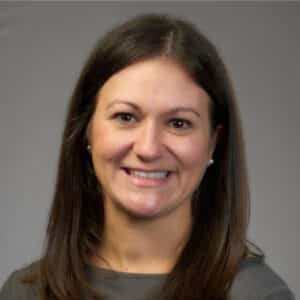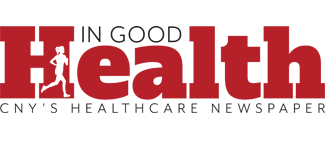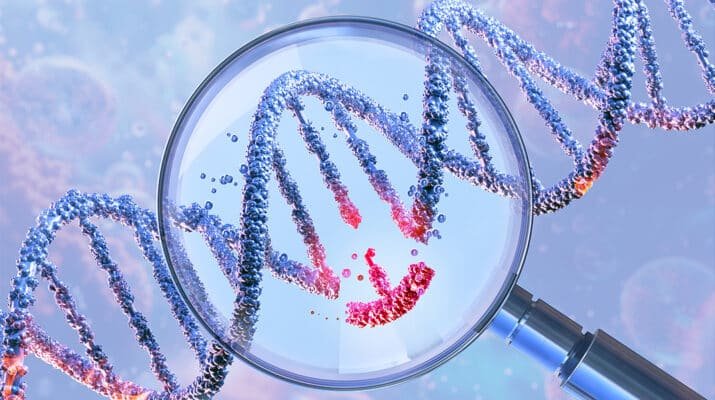Goal is to prevent a cancer from developing or to identify a cancer at an earlier stage
By Deborah Jeanne Sergeant

If cancer “runs in your family,” how concerned should you be about your risk of developing cancer?
It’s not only about genetics. Many factors play into whether someone becomes ill with cancer.
“Certainly, there’s a hereditary risk component to cancer development,” said Jill Yeager, a medical oncologist and hematologist at Hematology-Oncology Associates based in East Syracuse. “The majority of cancers aren’t hereditary but 5% to 10% are hereditary and an additional 15% to 25% may not necessarily have an identifiable gene but show familial patterns.”
It’s vital to start by identifying risk factors.
It begins with personal history such as a previous diagnosis of breast, colon, pancreatic, ovarian or metastatic prostate cancer or an early diagnosis of cancer (younger than age 45 to 50, depending upon the type of cancer).
Any of these should prompt genetic testing.
In addition, Yeager advised looking at family members’ history, which would confer some risk. Look for three or more blood relatives for high-risk cancer such as pancreatic, ovarian or male breast cancer or a known gene mutation.
“Lots of breast cancer in a family can increase risk in males,” Yeager said. “Male breast cancer is very rare, nonetheless, it’s higher for a male with multiple relatives on the same side of the family.”
Yeager said that many people feel hesitant to pursue genetic testing because they feel like ignorance is bliss and they don’t want to dread the inevitable. Yeager believes that “having that knowledge can be empowering because it might change how we approach their screening. We might be able to find these cancers earlier because we’ll be more aggressive in screening them.
“There’s hereditary testing that isn’t looking for certain gene mutations but abnormal cellular data in our blood that may suggest there’s a cancer signal present.”
The office’s multi-cancer early detection includes a blood test and meeting with a counselor to review family history and talk about risk factors and other exposures. The blood test shows the presence of abnormal signals that could show the presence of cancer.
“The possibility of suggesting there’s an atypical blood, irrespective of family history or hereditary mutation,” Yeager said. “Individuals concerned about their particular risk because of their exposures or the familial cancer whether hereditary mutation or not, this is an alternate option which can aid in diagnosing cancer earlier.”
Multi-cancer early detection testing is different from BRCA testing, which looks at gene testing.
Since it’s not FDA-approved, it’s not typically covered by insurance. It costs $749 out of pocket, billed directly to the patient.
“The cost for hereditary testing is much lower, so insurers will cover it, as long as they’re qualifying based on family or personal history,” Yeager. “It’s $250 at most if not covered.”
Lifestyle factors also matter. Avoid excessive sun exposure, tobacco use and alcohol, all of which raise cancer risk. Use personal protective equipment (PPE) when handling materials that require PPE for safe use.
Most dietitians and physicians promote a high produce-based diet or the Mediterranean diet to reduce cancer risk. Compared with low fitness levels, maintaining cardiorespiratory (heart and lung) fitness helps reduce risk by up to 40%, according to a study published in British Journal of Sports Medicine, depending upon the type of cancer.
HOA Sponsors Seminar on Multi-Cancer Early Detection
Hematology Oncology Associates is offering a community education seminar on multi-cancer early detection. The free event is slated for 5:30 to 7 p.m., Oct. 2, at 5008 Brittonfield Parkway, East Syracuse. A light dinner will be served. Register at tinyurl.com/hoaoctober2.

